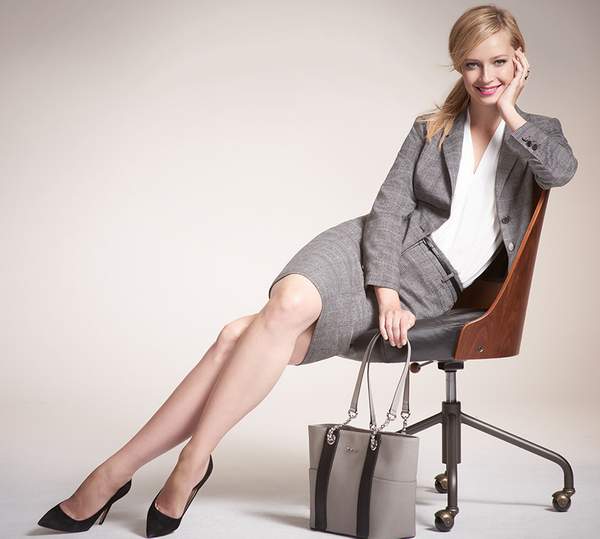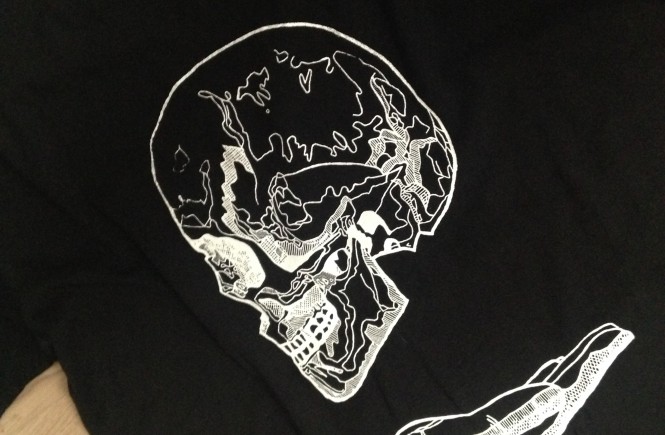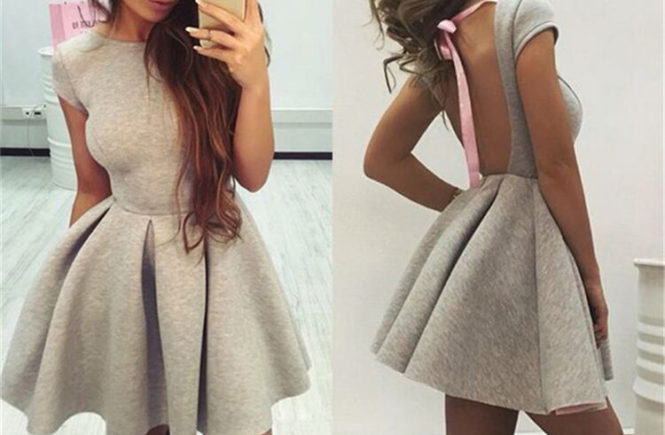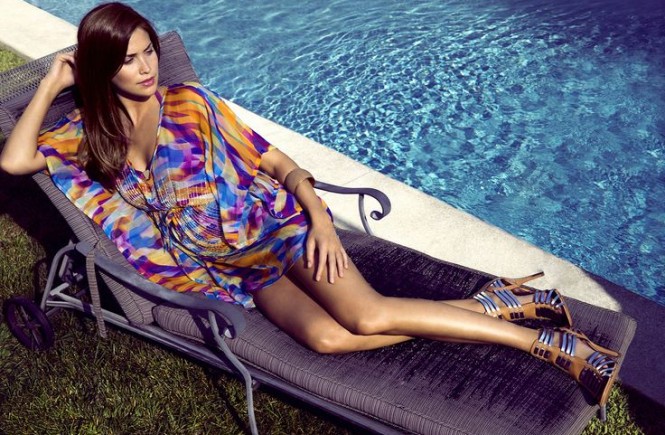While many businesses allow business casual dress, in more formal business environments, or in an interview situation, wearing more formal corporate clothing is expected. Professional people who regularly dress in formal attire include bankers, lawyers and others involved in the law field. They also include insurance representatives and some salespeople. Additionally, many heads of very large companies choose to wear formal business attire when representing themselves on business.
Business casual attire usually forbids items like blue jeans and t-shirts as well as clothing deemed too revealing. Acceptable items usually include khaki pants or skirts and polo shirts or long-sleeve shirts without writing on them. By contrast, formal business attire requires the wearer to dress even more professionally. For men, this means a suit, and for women, a pantsuit or skirt and blouse generally of the same design and type of material as men’s suits. In a corporate environment, business casual dress is considered far too informal.
For men, dressing in corporate clothing generally requires one to wear a suit of dark, nondescript coloring and patterning. Colors like blue, black, gray and brown are commonly worn and accepted in a formal business environment as well as solid color ties or ties with minor patterns. White and light colored button down shirts complement the suit best without standing out. The suit itself should fit well, with neither sleeves nor pant legs too short or too long, which decreases one’s professional appearance. One should wear black or dark socks that match the suit itself, and polished black or brown shoes that also match the suit well along with a belt that matches the shoes and has a modest buckle.
For women, basic formal business wear consists of items similar in style to men’s attire. Women should wear a blouse that appears professional along with a blazer and a skirt or pants. The same color combinations that apply to men’s suits also apply to women’s business wear. Care should be taken with blouses and skirts that they do not show too much skin or cleavage. In a more professional environment, erring on the side of caution ensures that one maintains an acceptable look at all times. With skirts, women also need to wear pantyhose in a neutral color and flats or heels in dark colors that match the suit or sometimes the blouse. Formal businesses also favor light, daytime makeup as opposed to heavy makeup more suitable for going out in the evening.
Both men and women dressing for formal environments should keep the amount of perfume or cologne light, or wear none at all. They should also minimize the amount of jewelry they wear, limiting it to a watch, a wedding or engagement rings and perhaps one additional ring. Men dressed in a business professional style typically do not wear more jewelry than this. Women frequently add modest earrings and a necklace or scarf but nothing excessively showy or conspicuous.
Even for people who do not work for a corporation or business requiring one to wear corporate attire every day, other occasions exist where someone may need to dress in formal business wear or something similar. For example, a formal event held by an employee’s company sometimes requires more formal dress. And when interviewing for jobs, a commonly-followed rule to make the best impression is for the interviewee to dress for the job above the one for which he or she interviews for, which also indicates the need for formal dress.



